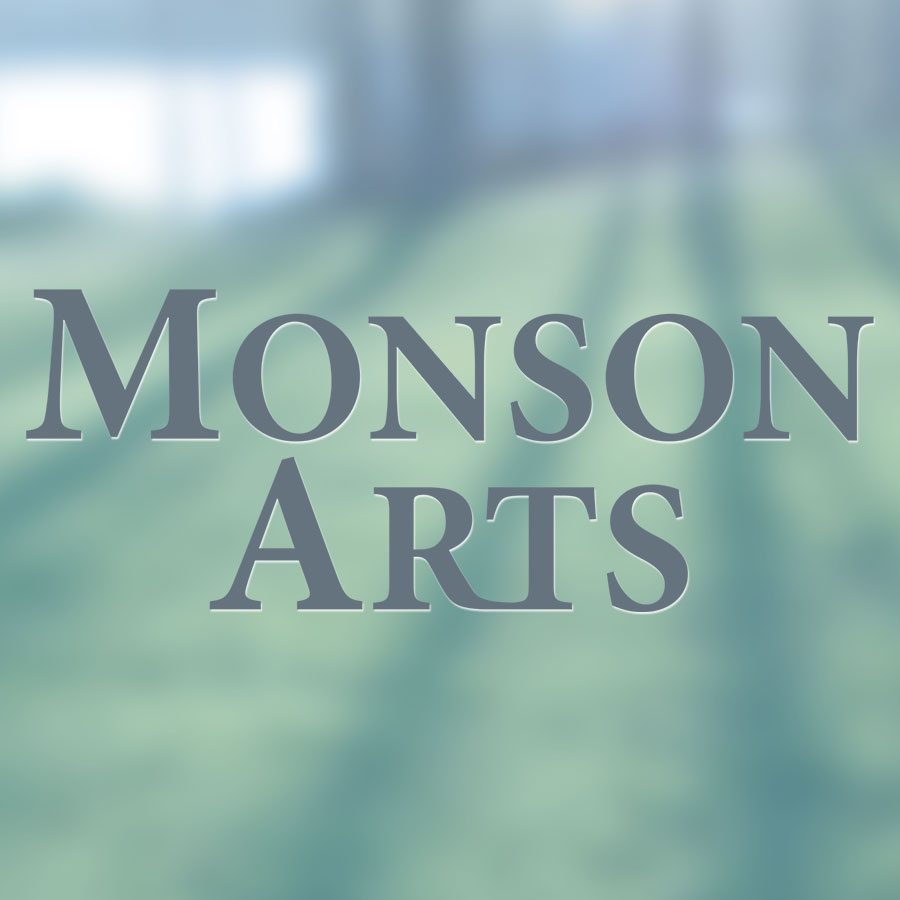Mitchell Villa is a self-taught artist residing on Vancouver Island, British Columbia. Drawn by the endless offerings of painting as a medium, Villa’s work inhabits an area of hybridity invoking the contemporary by employing and reinterpreting the historical. His process begins months before his brush makes the initial mark on his canvas, with each composition beginning with a singular idea. Rooted in the expression of figurative painting, he draws from a variety of art historical movements, including Rococo and Baroque, to underpin both his aesthetic modalities and conceptual leanings.
Villa’s paintings develop from a series of sketches, studies, and collages, transitioning into painstakingly detailed photo shoots using live models and props, where he articulates his vision for his larger-than-life paintings by hand-selecting each element of their composition. Thus creating a familiar, yet surreal sensibility verging on the excessive.
Villa’s subject matter is deeply personal: his thoughts, experiences, and feelings compressed into chaotically ephemeral images. He approaches painting without an agenda, moving away from meaning-making and letting his subconscious filter his practice. Although detailed, his painterly and fluid style evokes a sense of memory, rejecting linear concepts of time. Mitchell Villa was a Monson Arts Resident in the Spring of 2023.
1) What was the best part for you about being at Monson Arts? And what, if anything, did it teach you about your own creative process?
The best part about Monson Arts was the atmosphere; it felt like summer camp for artists. Everything is thoughtfully curated to maximize focus and creativity. I instantly felt at home, settling into the studio and able to start working right away.
Everything is within walking distance, and the 24-hour studio access was incredible, making late nights and early mornings easy. I completed three times the amount of work I typically would at home. I also had the opportunity to slow down my process, spending time experimenting and working through studies.
Having meals prepared was incredible, freeing up so much time in my day to focus on my work. Eliminating the distractions of cooking and meal planning made a huge difference. The food at Monson is exceptional, and even more than a year later, I still think about Lulu’s food.
All of this, paired with the small-town charm of Monson, makes the program truly extraordinary.
2) Did you start a project while in residency and/or were you able to “complete” or wrap-up a work during your time here? What’s been your focus since you left Monson Arts?
Before Monson, I organized a photoshoot for a breakfast painting idea that was loosely based on “After Breakfast” by Finnish painter Elin Danielson-Gambogi. Taking photos of two friends having breakfast in their sunny Chinatown apartment. From the hundreds of photos I created a collaged composition for my painting. During my time at Monson Arts the large painting (54×72 inches) came together in record timing and I was able to create several small studies along the way. It was truly the first time I could slow down my practice and integrate experimentation and workshop ideas as I painted. I also spent a lot of time wandering around in the woods and back roads of Monson, taking photos and making sketches. Taking time to soak in the entire experience was essential and it translated into several landscape studies and a painting. I never would have thought about doing a landscape before Monson.
Since leaving Monson, I’ve been exploring ways to integrate 3D elements into my practice. I’ve recently immersed myself in ceramics, completing several classes to fast-track my learning. My goal is to create my own props for paintings—crockery, vases, and sculptures that will be used in the paintings but will also serve as stand alone works of art.
3) Name 3-5 writers, artists, books, musicians, or visual works that continue to inspire you.
Chaim Soutine’s rayfish paintings
The Elgin Marbles at the British Museum
Studio Wall (1872), Adolph Menzel


 Time and space to create.
Monson Arts is a new artists’ residency and arts center in Monson, Maine. Programs include residencies for artists and writers, intensive shorter workshops, and educational partnerships with area secondary schools.
Time and space to create.
Monson Arts is a new artists’ residency and arts center in Monson, Maine. Programs include residencies for artists and writers, intensive shorter workshops, and educational partnerships with area secondary schools.